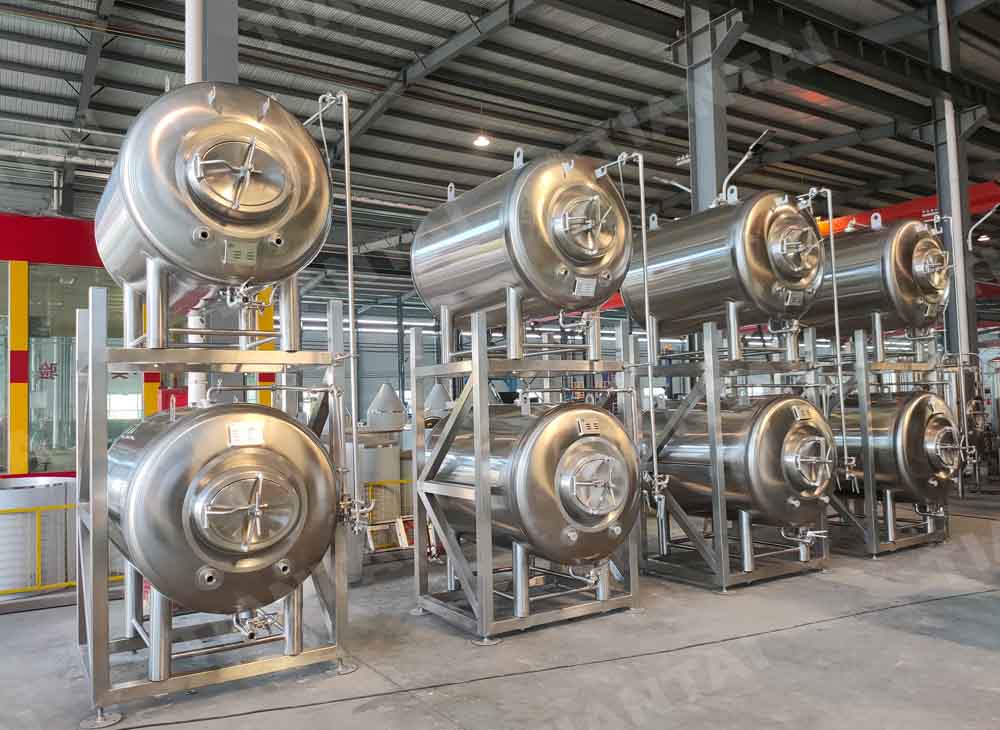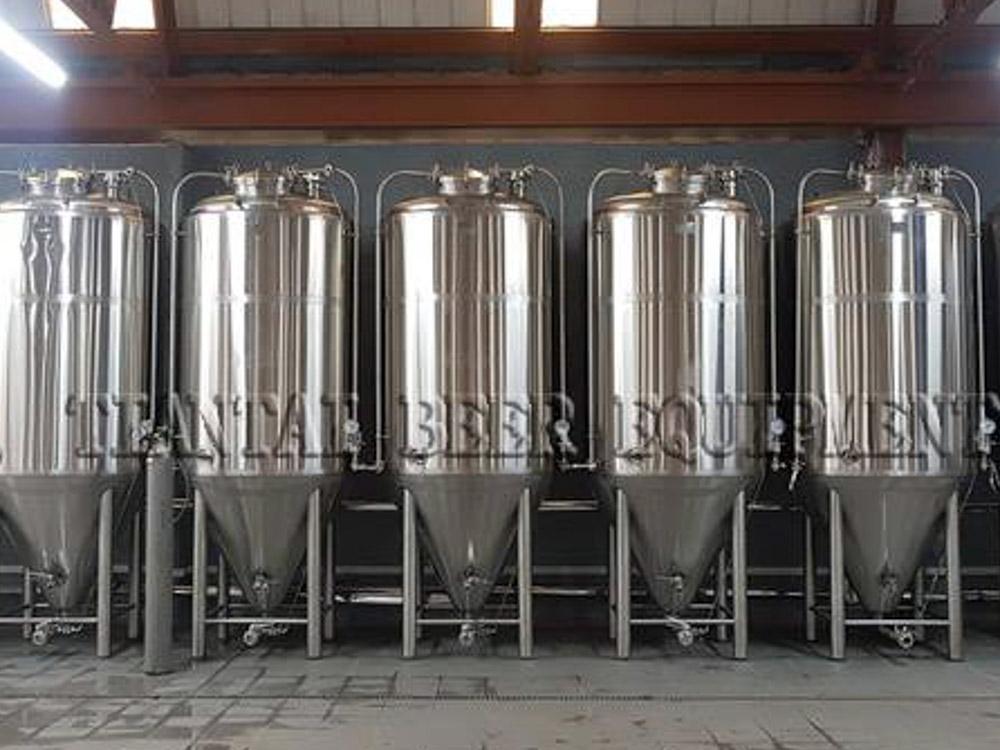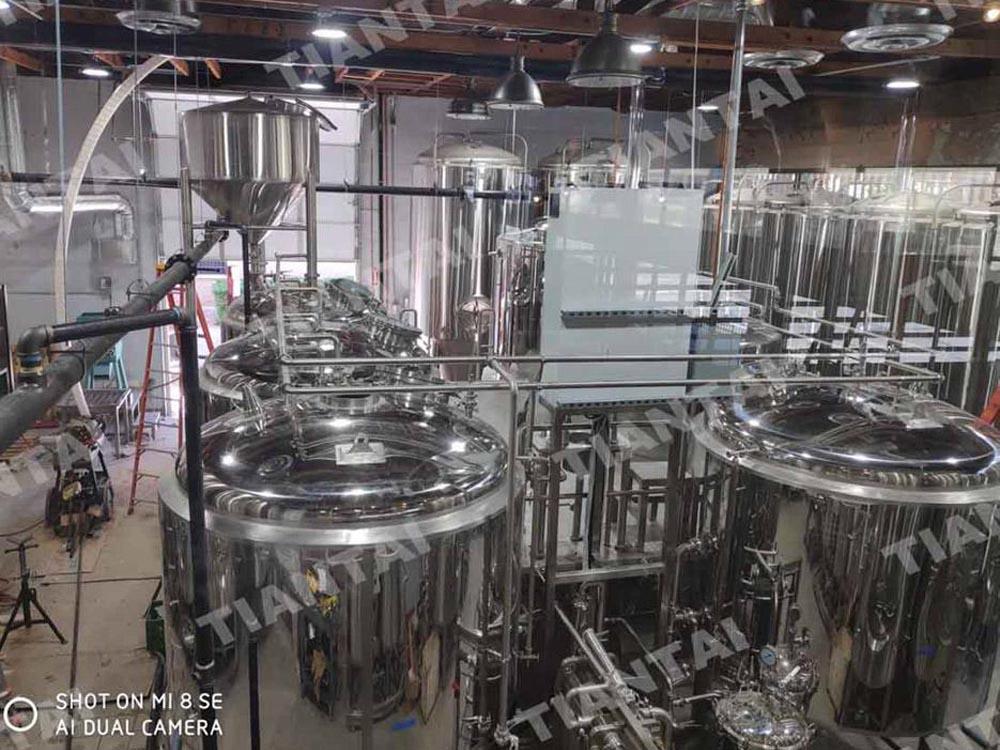What is the cause of the bitter taste in conical tank fermentation ?
- Aug 06, 2022
- 52
- tiantai
The bitterness of beer mainly comes from iso-a-acid (isohumulone), the isomerization product of a-acid in hop resin, which is comfortable and refreshing and disappears instantly after drinking.
But sometimes the fermented liquid in the conical tank will have abnormal unpleasant bitter taste, which is characterized by rough entrance, unpleasant cleanness, or bitterness afterward. The reasons are mainly two aspects: raw materials and process.
Raw materials
1.The residual alkalinity, total hardness, magnesium ion, iron ion and CO2 content of brewing water are too high.
2.The pH of the brewing water is too high.
3.Chenci hops are added to the wort.
4.The quality of malt is poor, such as rough husk and high protein and tannin content, or the baking temperature of special malt is too high.

Process aspect
1.Mashing process. The Mashing time and wort Lauter time are long, so that excess tannins, anthocyanins and fatty acids enter the wort; the Lauter wort is cloudy, the wort absorbs too much oxygen during feeding, stirring and pouring, and the polyphenols are oxidized Serious; the last wash of bad water was used during Mashing feeding.
2.Fermentation process. The separation effect of hot and cold coagulates is not good; the foam cover sinks and dissolves into the wine; the process pipeline is unsanitary; the post-storage temperature is too high, and more yeast enters the wine storage tank; fermentation produces by-products higher alcohols and esters Many classes.
Edited by Alisa
Email:[email protected]
But sometimes the fermented liquid in the conical tank will have abnormal unpleasant bitter taste, which is characterized by rough entrance, unpleasant cleanness, or bitterness afterward. The reasons are mainly two aspects: raw materials and process.
Raw materials
1.The residual alkalinity, total hardness, magnesium ion, iron ion and CO2 content of brewing water are too high.
2.The pH of the brewing water is too high.
3.Chenci hops are added to the wort.
4.The quality of malt is poor, such as rough husk and high protein and tannin content, or the baking temperature of special malt is too high.

Process aspect
1.Mashing process. The Mashing time and wort Lauter time are long, so that excess tannins, anthocyanins and fatty acids enter the wort; the Lauter wort is cloudy, the wort absorbs too much oxygen during feeding, stirring and pouring, and the polyphenols are oxidized Serious; the last wash of bad water was used during Mashing feeding.
2.Fermentation process. The separation effect of hot and cold coagulates is not good; the foam cover sinks and dissolves into the wine; the process pipeline is unsanitary; the post-storage temperature is too high, and more yeast enters the wine storage tank; fermentation produces by-products higher alcohols and esters Many classes.
Edited by Alisa
Email:[email protected]




